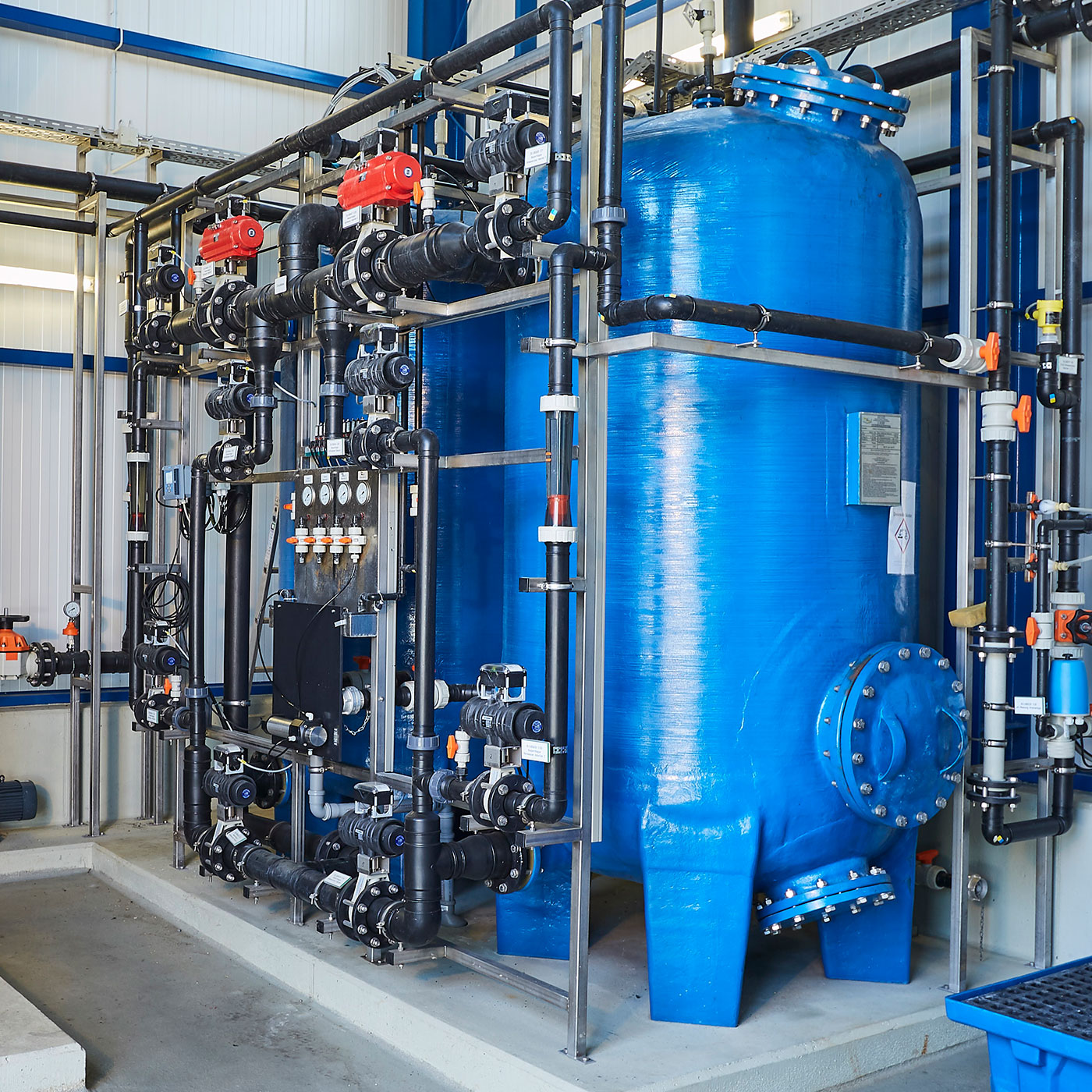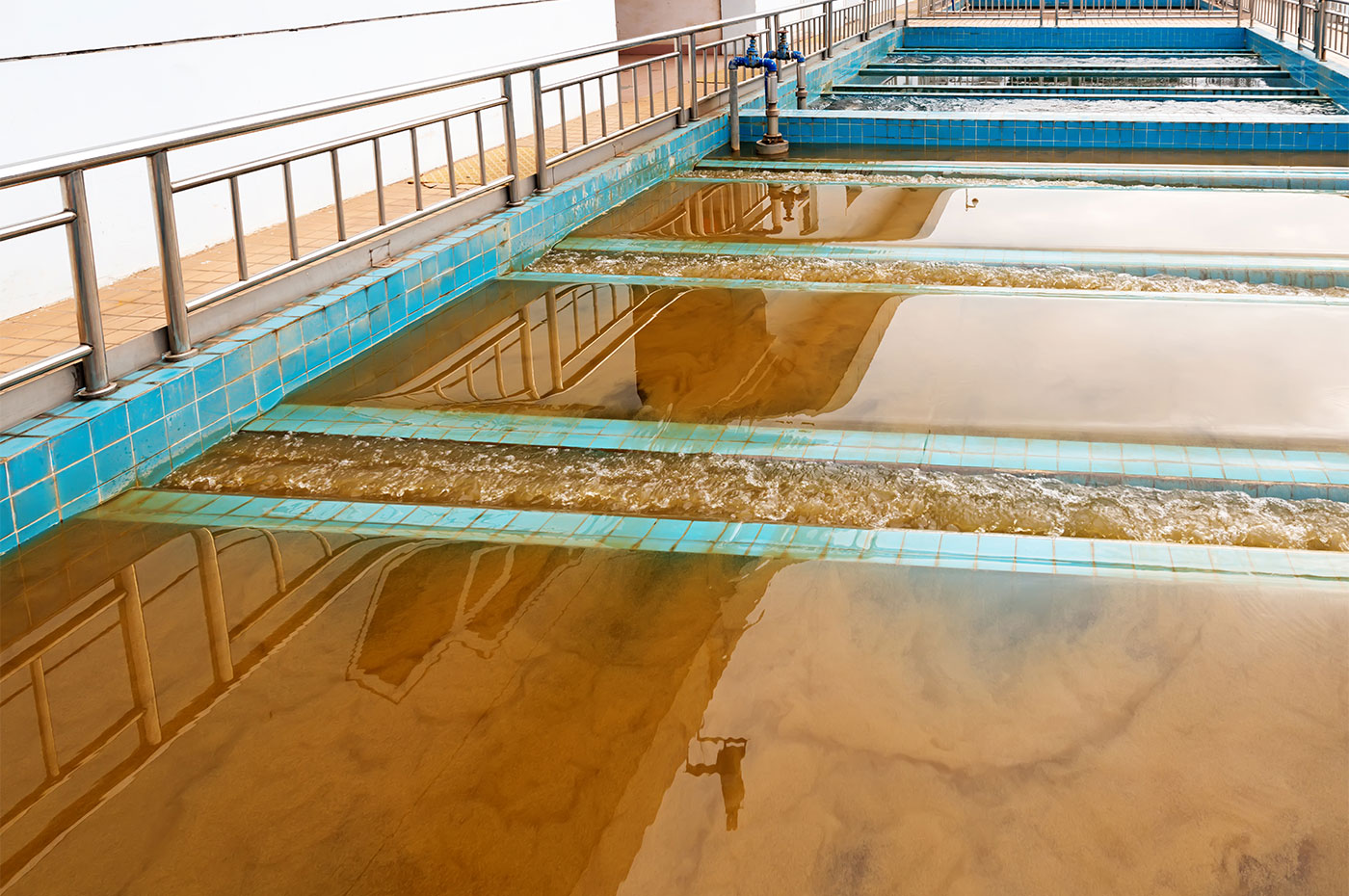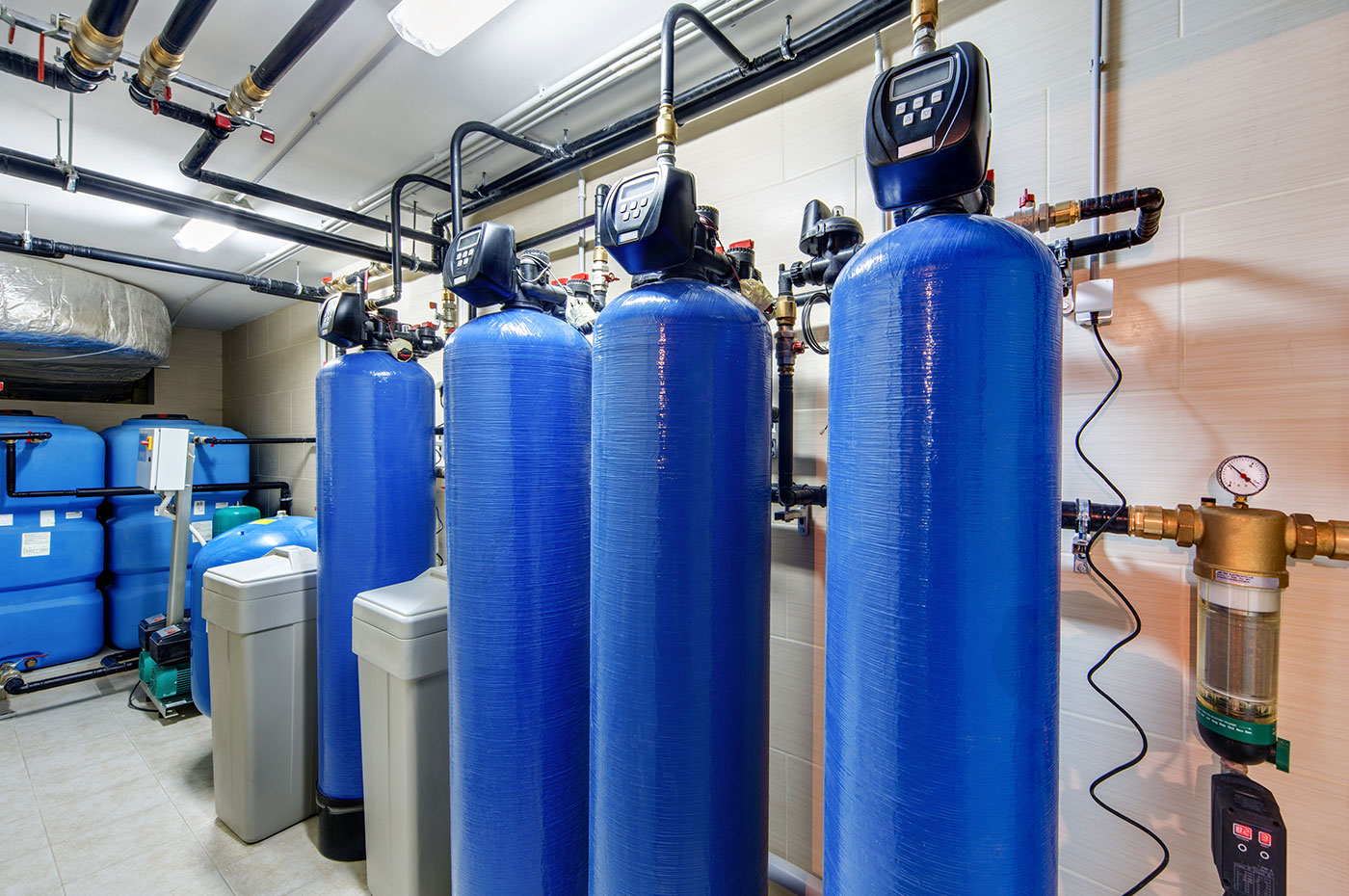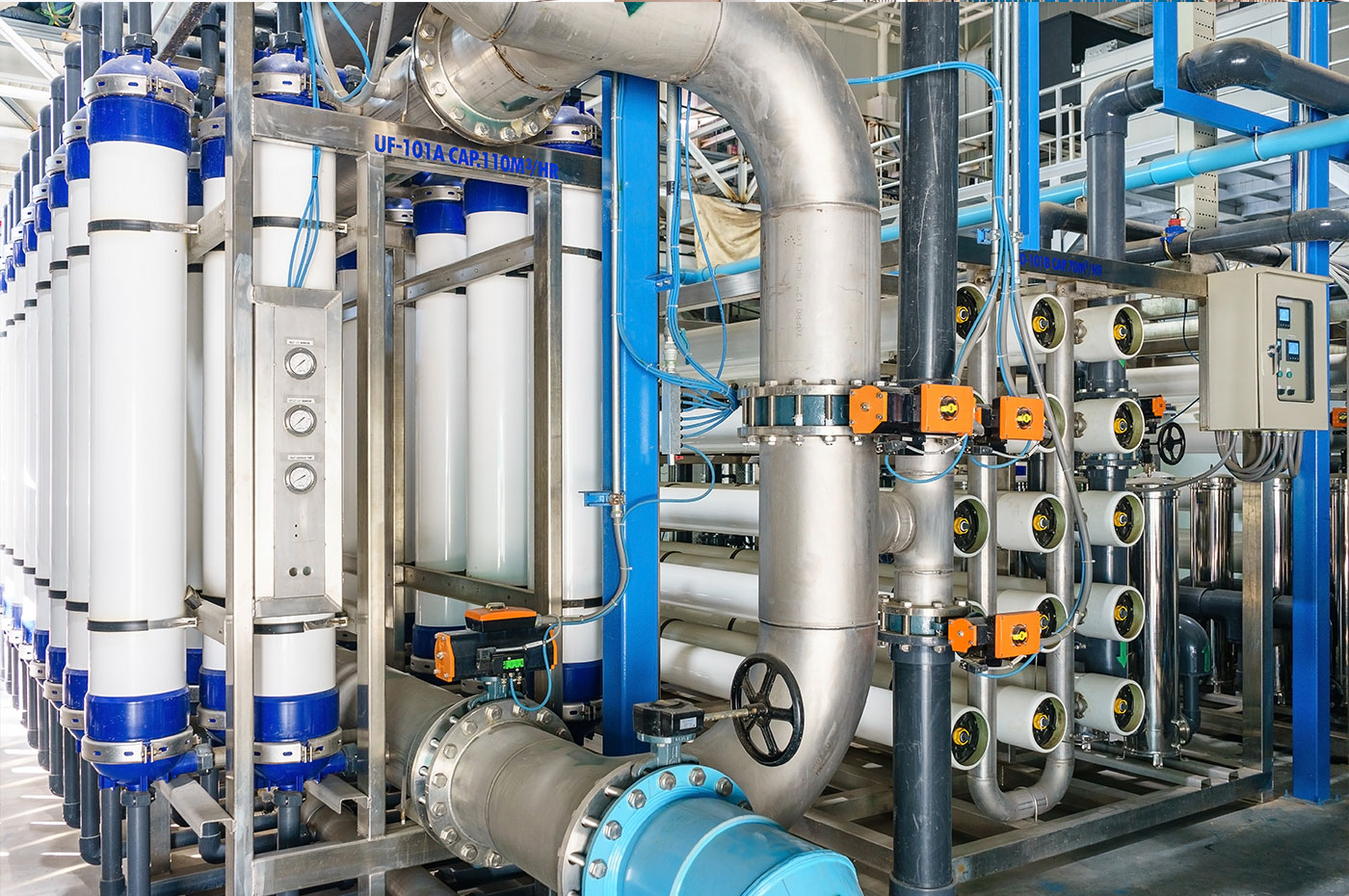
The first of four possible solutions for the arsenic removal in water treatment is the adsorption process. During this process, arsenic is bound to a solid adsorbents surface. In the beginning “activated alumina” has been used for this issue, but has soon been sorted out because of its low capacity.
Instead of the aluminum-based adsorbents, the iron hydroxide-based adsorbents have been used for arsenic removal in water treatment. This modern solution for arsenic removal in water treatment is easier and safe at the same time and can also assure that arsenic removal from drinking water meets the requested limits.
Another positive effect is that neither wastewater streams nor contaminated sludge are generated during the arsenic removal process in water treatment. Beside this, the removal of arsenate and arsenite does not affect the natural composition of the water from which they are removed.
What are the pros and cons of this kind of arsenic removal in water treatment?
There are only two cons for the adsorption as an arsenic removal in water treatment, but several pros.
Pros of adsorption as an arsenic removal in water treatment
- Very simple system configuration
- Comfortable operation
- Very high capacity due to the high arsenic selectivity
- Low maintenance
- High plant availability
- Reliable technology, which is already globally applied at more than 2000 sites
- Easy arsenic removal in water treatment without generating sludge
Cons of adsorption as an arsenic removal in water treatment
- Retention times are determined by the Water matrix
- The adsorbent needs to be replaced at regular intervals



